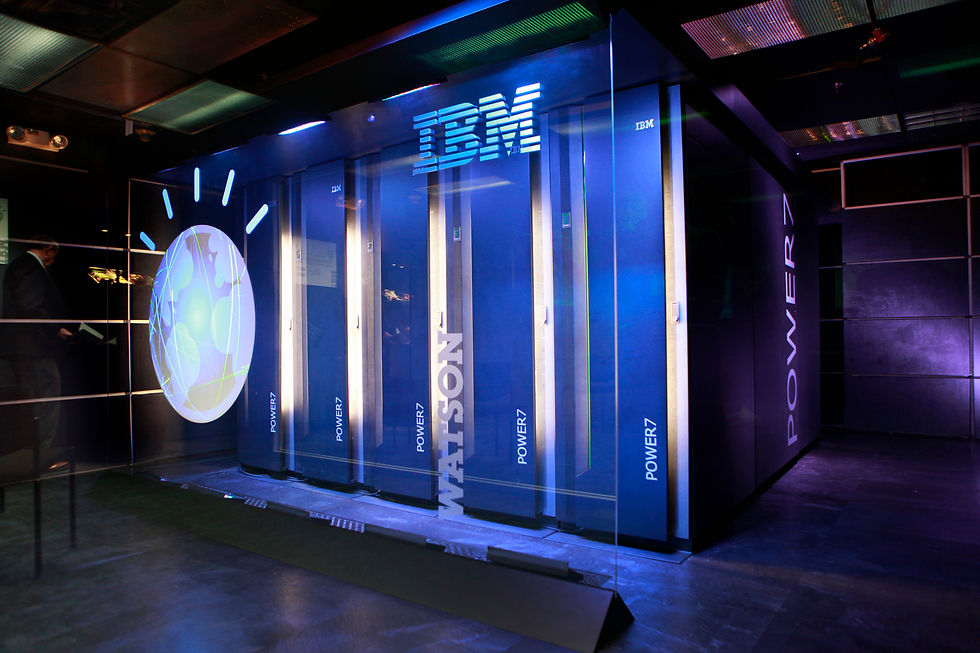Can AI be innovate like Frida Kahlo?
- Gannett Cassidy

- Jun 24, 2018
- 2 min read

This month, a course on cognition and computers has sparked my interest in the effect that certain apps can have on our thinking. Beyond computational literacy and logic, how can technology affect our cognitive creativity? In exploring this question, I began to wonder whether artificial intelligence can achieve truly creative thought. First, we have to look at creativity as original and interesting thoughts, rather than the mere production of existing ideas. This description relates to the process of thought which occurs while creating new ideas. Early Gestalt psychologist Max Wertheimer defines “productive thinking” as truly creative and insightful thoughts, while “reproductive thinking” may be an evolution or variation of existing thought (Sternberg, 2012, p. 456).
Skillicorn (2014) describes the ways in which replication do not truthfully contribute to new and novel ideas. In this age of social media filters and Instagram, seemingly “creative” endeavors are actually just replications of existing thought. In order to achieve truly unique ideas, we must engage in a systematic series of cognitive actions which lead to the development of novel connections in the mind. This brings us to the most interesting question of my day: can artificial intelligence truly engage in this production of new thought, or do today's most "creative" programs simply synthesize existing ideas to produce something that looks kind of neat?

Although AI is capable of winning at chess, Go, and Pacman, it still has trouble identifying the key components of human culture that make life interesting. For example, engineers programmed I.B.M.’s Watson to combine ingredients by taste and texture from thousands of international recipes to make innovative recipes. Watson produced thousands of recipes, some of which were acceptable, although most seemed counter-intuitive according to conventional cooking wisdom. One particular failure was a “Purple Seedless Grape Starch Dish”, which called for “‘sixty-seven medium trimmed Easter-egg radishes’, black beans, cinnamon, curly parsley, marjoram, and Calvados. Cook, salt to taste, then top with Jack cheese, olive oil, and the grapes, ‘for squeezing over’" (Kleeman, 2016). The recipe seems like a failure because it doesn't address conventions for labor in the kitchen; we use lemons to squeeze over savory dishes, but grapes? Please. Arbitrary social and cultural references such as these play such a large role in “creativity” that artificial intelligence must become more advanced in order to achieve this skill successfully.
“It takes a page of instructions to tell the machine that when Mary had a little lamb, she didn’t have it for lunch” - Seymour Papert
So even though AI is responsible for such beautiful endeavors as Google Dream, Nightmare Machine and Botanical Dinosaurs, do these pieces of art have the same cultural, emotional and symbolic meanings as a Frida Kahlo classic? AI might not have its finger on the pulse of creative thought yet, but given the rapid advancements in the last fifteen years, it might not be long until the next National Medal of the Arts is awarded to non-human.
For more on this, see my presentation of research at Teachers College (12/2018)
References:
Skillicorn, N. (September 3, 2014). The science of improving your brain’s creativity [Video file]. Retrieved from https://www.youtube.com/watch?v=y44GBM99JOA.Sternberg, R. J. & Sternberg, K. (2012) Chapter 7. Landscape of Memory: Mental Images, Maps, and Propositions. In Cognitive Psychology (6th ed). Belmont, CA: Wadsworth.



Comments